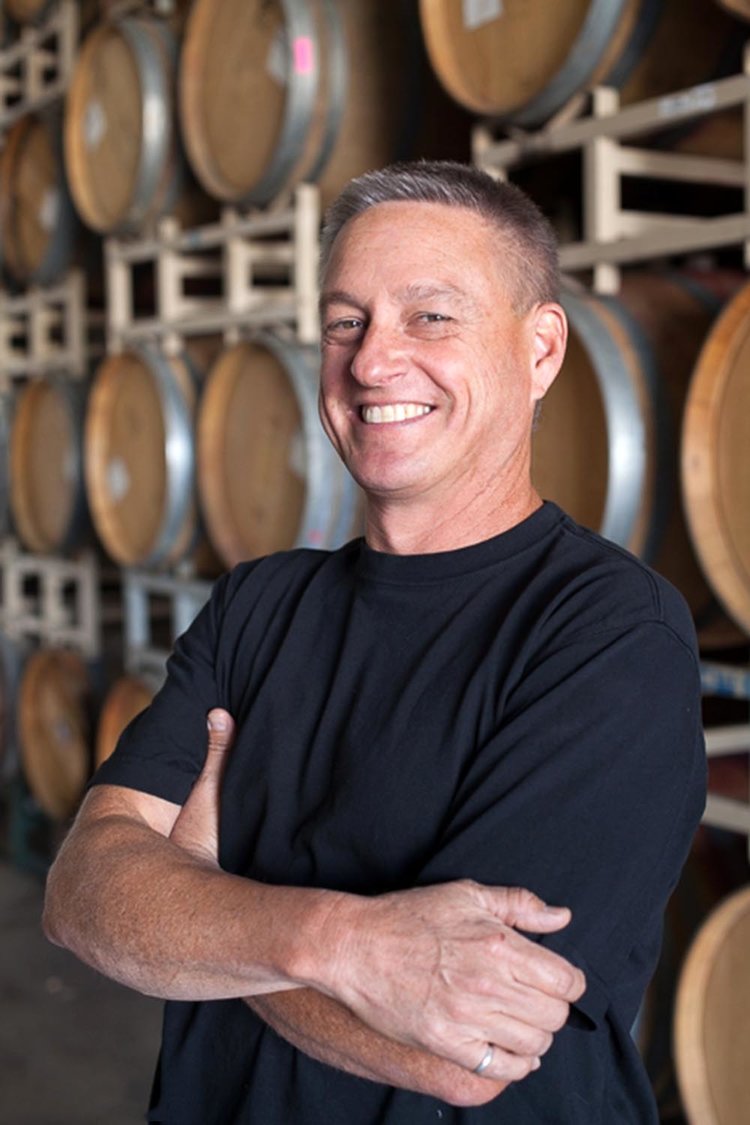Words from Our Winemaker…
by roche winemaker, michael carr
 Over the years I have been asked almost every question there is, but I have to say the most important one I hear is: “When should I drink the wine I bought?” It really is a good question, but it is not so easy to answer. Many years ago, I frequently updated a chart we had, which was the “drink/hold chart” within the Roche Winery website. We no longer have this chart on the website as it was hard to keep up to date, so customers rely on asking me directly.
Over the years I have been asked almost every question there is, but I have to say the most important one I hear is: “When should I drink the wine I bought?” It really is a good question, but it is not so easy to answer. Many years ago, I frequently updated a chart we had, which was the “drink/hold chart” within the Roche Winery website. We no longer have this chart on the website as it was hard to keep up to date, so customers rely on asking me directly.
For me personally it comes down to tasting the wines as often as I can and logging it into my memory what it tastes like - but also remembering what it tasted like the previous time that I tasted it. Is it getting better, or does it taste nearly the same as last time, or is it going downhill at all?
Acid levels and the pH of the wine are huge factors in the ageability of a wine. Normally a higher acid wine (usually means a lower pH) ages better than a wine with lower acid and a high pH. Higher acid can mean the wine is more sour tasting, so we have to be careful when making wines that they aren’t overly sour and unpleasant. European wines tend to have higher acidities and you hear of French Burgundies or German Rieslings that age well, and that is largely due to the acidity in the wines.
The other large factor in ageability of a wine is the tannin level - the component of wine that makes it astringent or gritty or bitter, but also makes them “heavy” or “hardy.” The tannins are what accumulate in the skins of every grape, and winemakers try to manage how much of these tannins are extracted during fermentation. While making any red wines, we could, if we wanted to, over extract the tannins from the grape skins and make the wines so bitter that you could hardly drink them. This, however, is not what we are looking for – I like to drink a wine that I make within my lifetime, and so I try to make a balanced wine that is neither under extracted nor over extracted. The Cabernet Sauvignon grapes that we get from our grower in Kenwood tend to be tannic, and the wine needs to mellow with a good amount of time spent in barrels. Even white wines have tannins that can be extracted, and if you are not careful you can make a bitter white wine. Rare to see but possible!
The other side when to drink a wine is how soon after bottling it should be opened. I know that too many people have opened a bottle of wine only a month after bottling only to be disappointed. Wine does go through a period we call “bottle shock.” This is a period of time that can only be determined by tasting every once in a while, at the winery (Yes, sacrificing a bottle for the greater good!) and we can see if the flavors and aromas have returned to the wine. The wine goes into a state of ‘Shock” from the bottling process, probably from the air that gets into it and some of the inert gases that may be going into it from the process. I can’t say for sure why this happens, but it is a phenomenon that we know does happen. If you have any doubts about when to open a wine shortly after bottling - wait at least four months, but six would be better!
I prefer younger wines that capture the vibrancy of the fruit. Wine, whether white or red tend to lose the fruit characters the older they get, and eventually take on a sherry character. It takes a few years, but as this happens, they get darker to brown and eventually the fruit will be gone.
The other part of figuring out when to drink wine is the individual doing the drinking. As I said, I prefer a younger, fruit-driven wine, but I have met numerous people who prefer aged wines. There have been wines I swore are past their prime, but at tastings find those who have older vintages they claim are still wonderful. To each his own….
Since I mentioned our 2021 Cabernet Sauvignon, I should predict how long it will age, and I am guessing that in 10 years it will still be great, although I do think it is already really good now, so my bottles won’t last that long!
